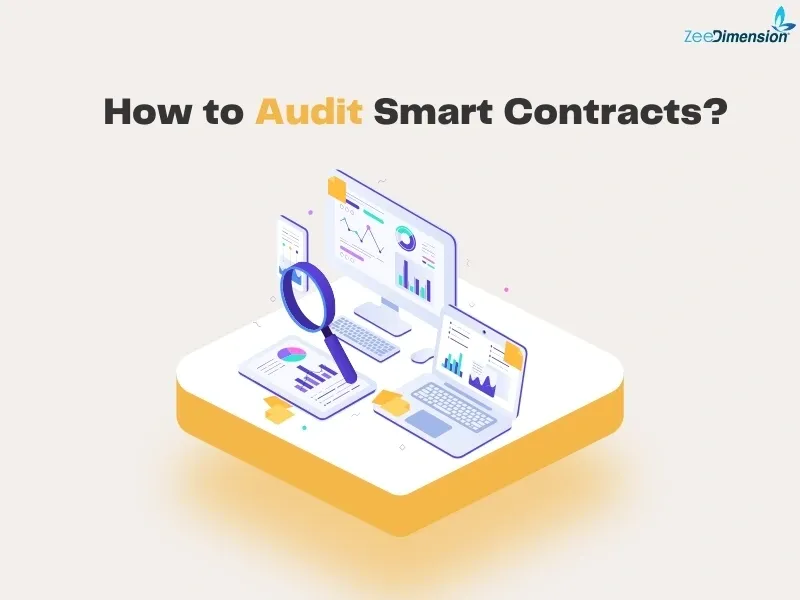
Ensure security, efficiency, and reliability of smart contracts.
Follow these steps for effective auditing.
Understanding Smart Contracts What are Smart Contracts?
– Self-executing contracts with terms written into code.
– Run on blockchain platforms.
– Ensure transparency and security.
Step 1 – Preparation and Understanding
– Define the audit scope.
– Review documentation: whitepapers, technical specs, architectural diagrams.
Step 2 – Code Review
– Manual Code Review: Inspect code for vulnerabilities.
– Automated Analysis: Use tools like Mythril, Slither, Securify.
Step 3 – Functional Testing
– Unit Testing: Ensure each function behaves as expected.
– Integration Testing: Test smart contract interactions.
Step 4 – Security Testing
– Fuzzy Testing: Input random data to uncover vulnerabilities.
– Formal Verification: Mathematically prove contract correctness.
Step 5 – Performance Testing
– Gas Analysis: Evaluate gas consumption for cost-efficiency.
– Scalability Testing: Assess performance under different loads.
Step 6 – Compliance Checks
– Regulatory Compliance: Ensure adherence to legal requirements.
– Standards Compliance: Follow standards like ERC-20, ERC-721.
Best Practices for Smart Contract Auditing
– Modular Design: Simplify audits and maintenance.
– Upgradability: Implement mechanisms for easy upgrades.
– Comprehensive Documentation: Maintain detailed audit records.
Common Vulnerabilities in Smart Contracts
– Reentrancy: Prevent external calls before state updates.
– Integer Overflow/Underflow: Avoid exceeding value limits.
– Unchecked External Calls: Always check return values.
– Inadequate Access Controls: Ensure proper authorization.
Conclusion
– Auditing ensures smart contract security and reliability.
– Follow a structured approach and use both manual and automated tools.
– Stay informed about emerging vulnerabilities and best practices.







